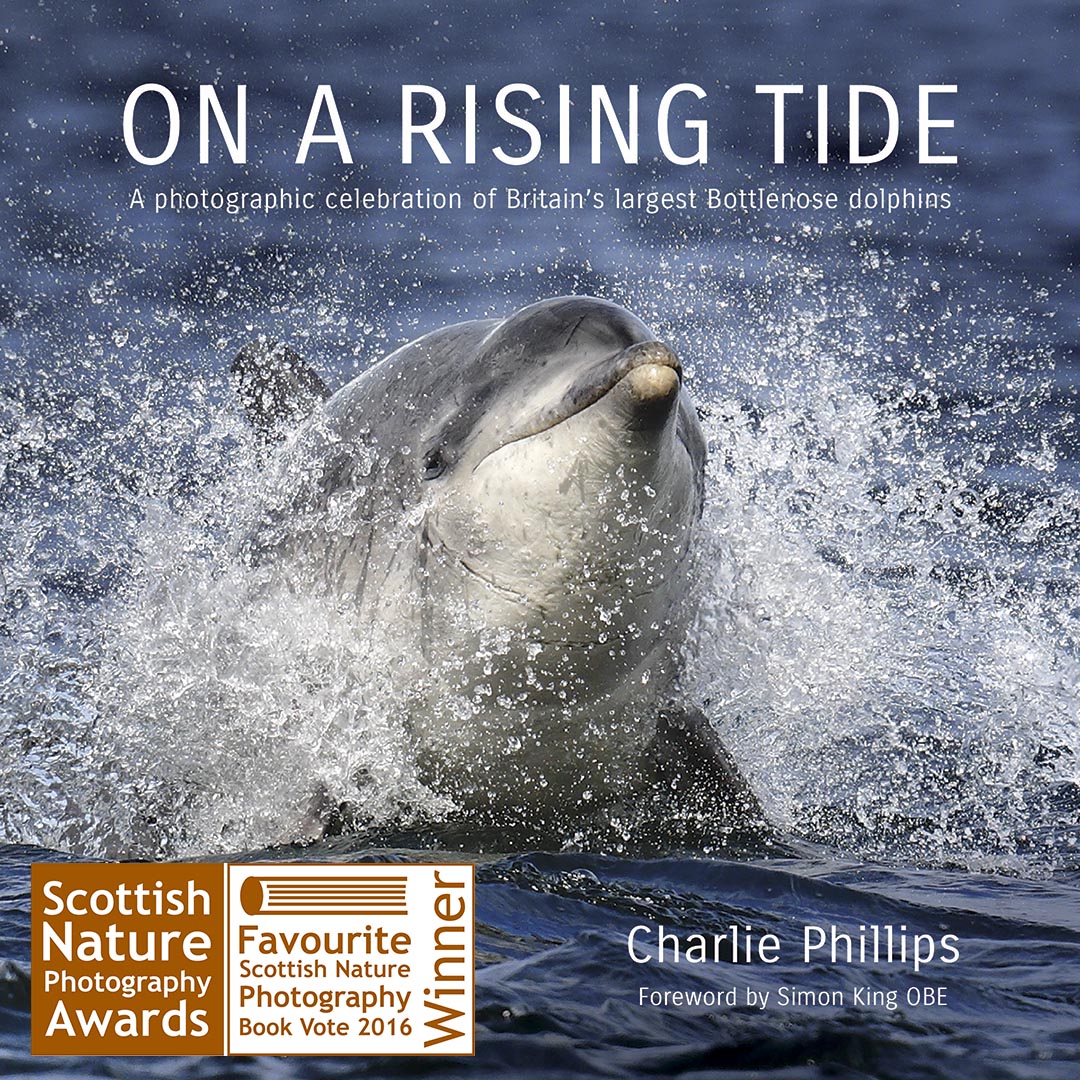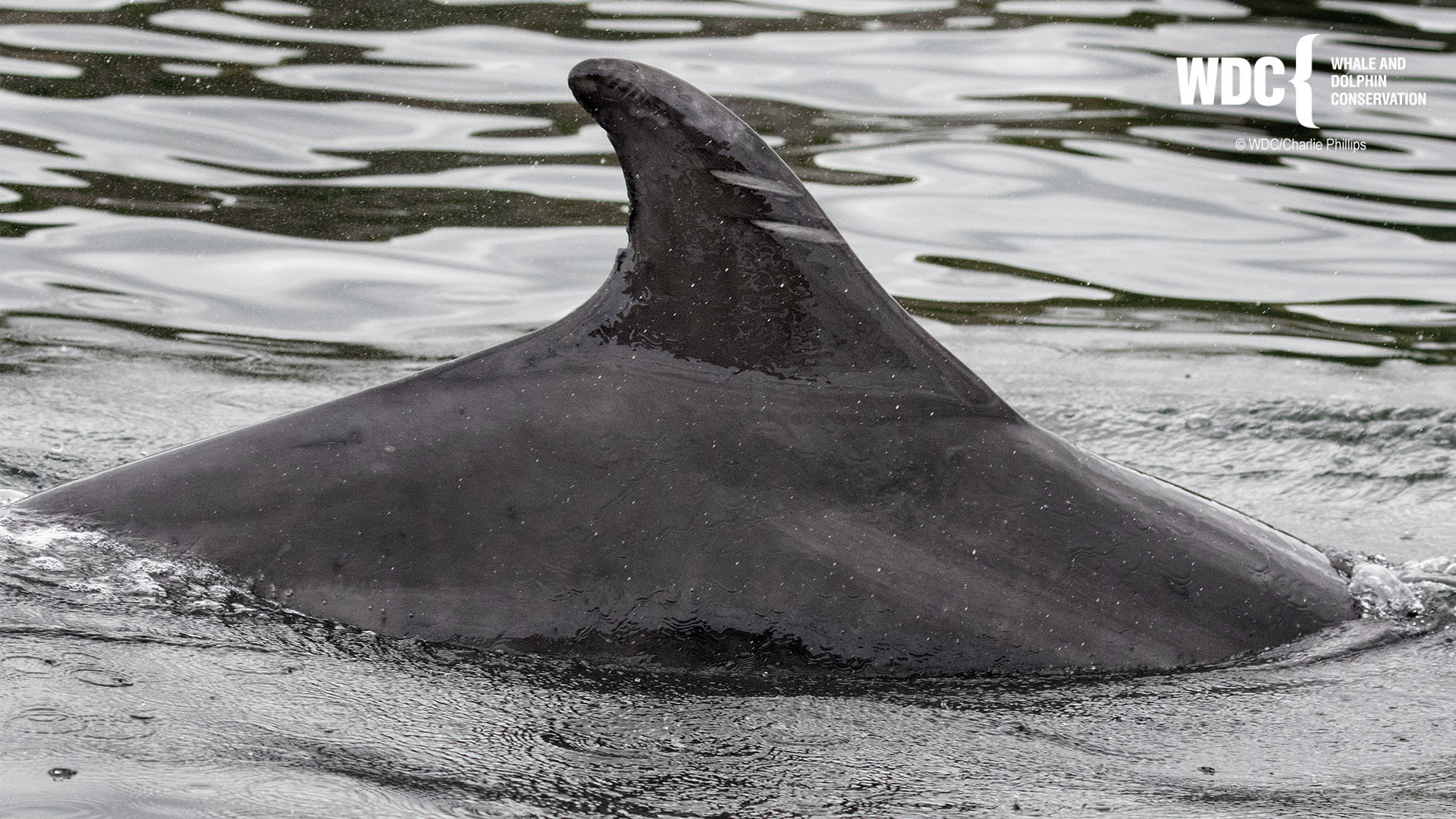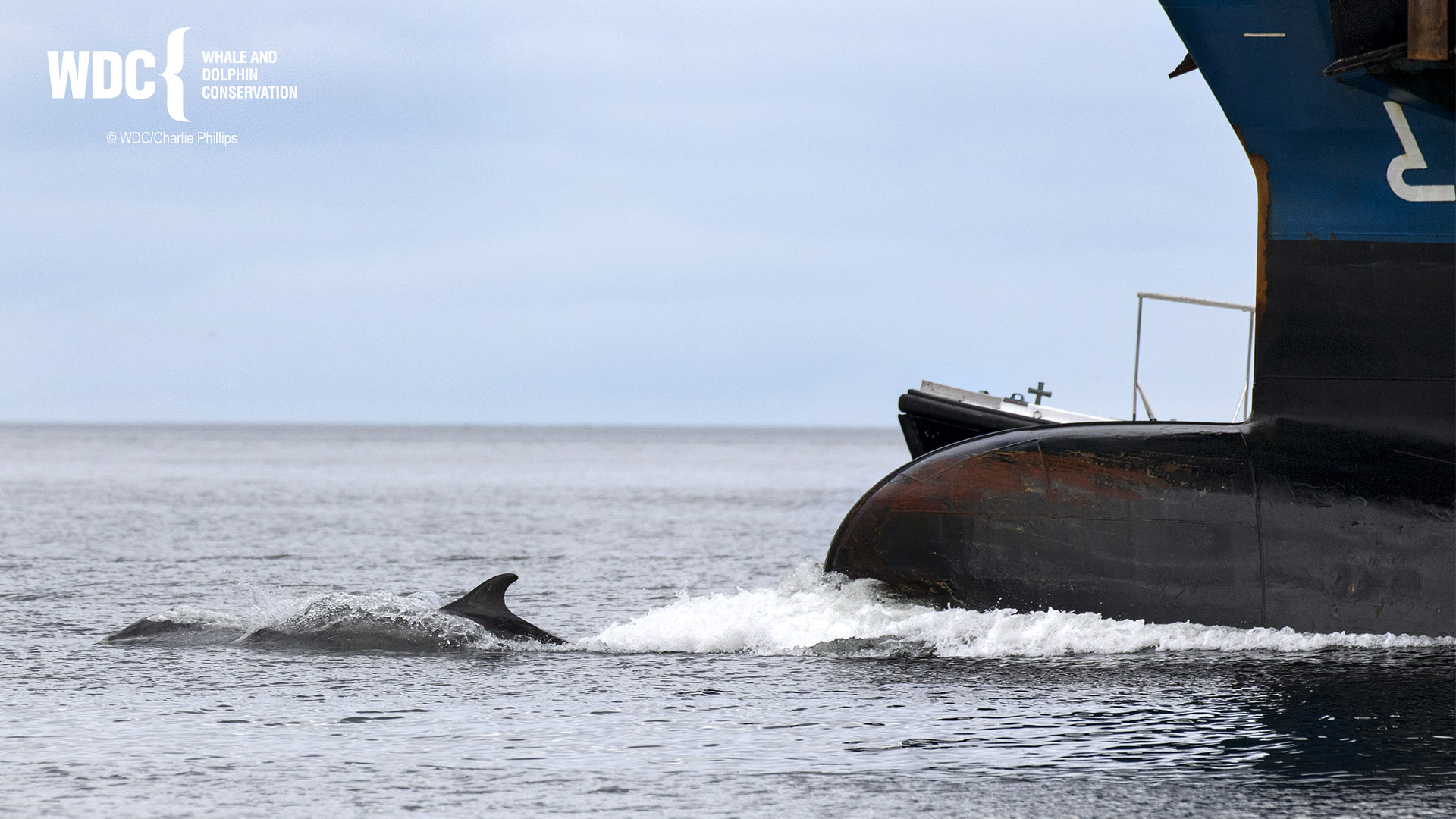Or… changing camera systems in the year of a global pandemic!

2020 has certainly been a year like no other – but then I don’t need to tell you that. For me it has been a year of change for my entire camera system as well as a year of uncertainty and a tiny amount of chaos with my professional photography work and my duties as Whale and Dolphin Conservation field officer. I have used Canon professional equipment for the best part of 25 years and many people recognise me from a distance either standing with or carrying over a shoulder the big Gitzo carbon tripod and normally a 500mm or 600mm white Canon super telephoto lens and pro body attached. I do my land based (and sometimes boat based) research photography work with the resident population of Bottlenose dolphins here near Inverness on a beach at Chanonry Point, Fortrose and this involves trudging along the shingle beach not only with the big lens and tripod but also a backup body and smaller zoom lens – it’s pretty heavy and the trek from the car park to the beach really takes it out of you some days. For the 2020 season I had made a profound decision – I had to use lighter and more portable kit as my knee and ankle joints on one leg are crumbling away and can be very painful. Those lovely people at Olympus UK via my local camera dealers Ffordes of Beauly had already given me a taster of their camera bodies and lenses a few seasons ago when I was very impressed with the robust build quality and excellent JPEG’s that came out of the camera so after a couple phone calls in February 2020 a big camera bag full of lovely loan kit was winging it’s way to me. Included in the equipment was the E-M1X flagship body, a M.Zuiko 300f4 Pro lens, a 40-150 f2.8 Pro lens and a MC-14 teleconverter. I was smitten right away and changed over all my camera equipment. Then Covid-19 lockdown happened. Great timing.

At the end of May it was deemed safe to return to work and I could actually start taking photos with my shiny new kit…

The work I do falls into a few different categories… Photo Identification, which is recording the naturally occurring bite and scratch marks on the dolphins dorsal fin…

Hunting and foraging behaviour which includes the capture by the dolphin of seasonally available fish…





And energetic action/behavioural types of shots like this mother and young calf together in perfect harmony breaching from the shiny water at Chanonry Point.


What I really need in my equipment as well as reliability is to be robust and not be afraid of a little rain shower or dusty conditions and thankfully all my Olympus kit is very well weatherproofed and solidly built – the E-M1X bodies, like my past Canon EOS 1 series bodies feel as if they are made from granite. Working in a mixture of environments my cameras can get dropped and knocked about in sand/gravel or get splashed either with rain or sometimes salt water or getting thumped about in a research boat but I am careful with my gear and don’t abuse it. The only thing that has happened fault wise this season is that the 300f4 lens started to behave a little strangely and wasn’t as sharp as it should be so it was sent back to Olympus under warranty, they inspected it and promptly replaced the lens for a brand new one – these guys know how to look after professional photographers – no mucking about !

I’m really looking forward to doing a proper, full season of work with these dolphins in 2021 (all being safe and well of course) and maybe even getting my hands on the new, upcoming Olympus M.Zuiko ED 150-400mm f4.5 TC1.25x IS Pro Lens which sounds fantastic – let’s see what happens. Keep well and safe everybody – you can keep in touch with me and my adventures through the social media links below. Best Wishes from Inverness, Scotland.




















